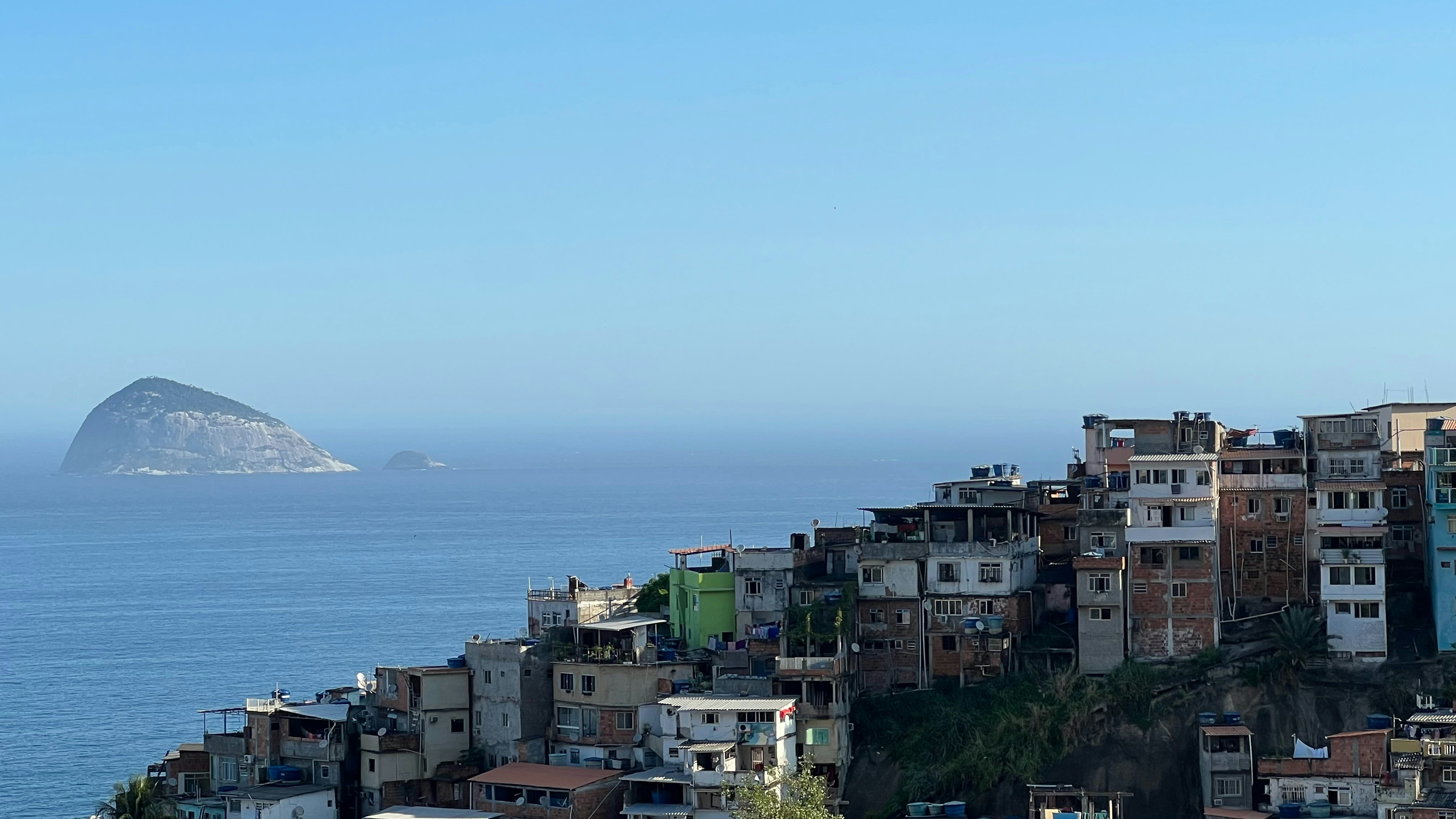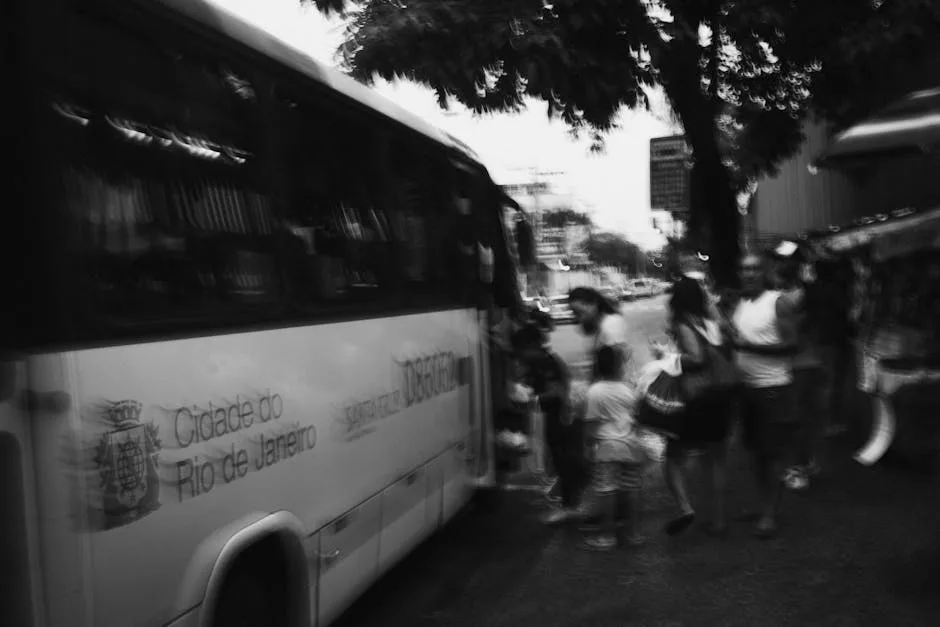Understanding Favelas: A Look into Rio de Janeiro’s Communities
Favelas in Rio de Janeiro represent a unique and complex aspect of urban life in Brazil. These informal communities emerged in the late 19th century, primarily as a result of mass migration from rural areas to the city in search of better opportunities. Over the decades, favelas have evolved significantly, reflecting both the challenges and resilience of their residents. Initially characterized by makeshift housing and limited infrastructure, many favelas today have seen improvements due to community efforts and government initiatives aimed at urbanization.
The socio-economic conditions within favelas vary dramatically. While some neighborhoods are plagued by poverty, high unemployment rates, and inadequate access to essential services, others have witnessed significant development, resulting in a more vibrant cultural life. The socio-economic landscape has been substantially influenced by government policies, ranging from violent attempts at pacification to more integrative strategies focusing on education and healthcare. These efforts, however, have often faced challenges, and the disparity between favelas and formal urban areas remains stark.
Despite these conditions, favelas are not solely defined by hardship. They are rich in culture, creativity, and community spirit, with a thriving local economy that includes businesses, artisans, and entertainment. The evolution of favelas has led to a dynamic cultural identity, contributing to Rio de Janeiro’s spirit, particularly through music, dance, and art. This cultural richness has increasingly drawn tourists, who seek to experience the authentic lifestyle and vibrant social networks of these communities.
Understanding favelas is essential for comprehending the intricate socio-cultural fabric of Rio de Janeiro. The potential for tourism in these areas lies in fostering respectful interactions and meaningful exchanges, allowing visitors to appreciate the complexity of life within the favelas while contributing positively to their communities.
Safety Concerns: The Realities of Visiting Favelas
Tourism in the favelas of Rio de Janeiro presents a unique set of safety concerns that potential visitors must consider. Favelas, often characterized by their informal housing and vibrant culture, are also known for high crime rates, influenced significantly by the presence of local gangs and socio-economic factors. Common risks associated with these neighborhoods include theft, pickpocketing, and, in some instances, violent crime. However, it is essential to recognize that these risks can vary greatly from one favela to another. Some areas are considered relatively safe, especially those frequented by tourists, while others may pose higher risks due to ongoing gang conflicts or poverty-related crime.
Local authorities and residents provide varied perspectives on the safety of tourism in these regions. Many community members emphasize the importance of understanding the social dynamics before visiting. They often highlight that, while crime exists, the overwhelming majority of interactions between locals and tourists are positive, especially when visitors approach their experience with respect and curiosity. Engaging with local guides can enhance safety, as they possess inside knowledge and can navigate the often complex social landscapes of these neighborhoods. Authorities also advocate for responsible tourism that contributes economically to these communities, which in turn can foster stability.
Advice from seasoned travelers suggests preparing adequately before visiting favelas. This includes researching the area, going with trusted guides, and being vigilant about personal belongings. It’s crucial to maintain a low profile and avoid displaying valuables. Additionally, understanding local customs and maintaining respectful interactions with residents can significantly enhance the experience. By acknowledging these realities and adopting a cautious yet open-minded approach, visitors can enjoy the rich culture and vibrant life that favelas have to offer, while minimizing safety risks.
Responsible Tourism: How to Safely Experience Favelas
Visiting the favelas of Rio de Janeiro can offer a unique perspective into the local culture and community life; however, it is essential for tourists to approach such experiences thoughtfully and respectfully. To ensure a safe and culturally sensitive visit, selecting reputable tour operators is a critical first step. Researching companies that have established a positive relationship with the local communities can help mitigate risks while promoting ethical tourism. Many of these operators are dedicated to providing income and support to the residents, thereby contributing to the community’s development.
Understanding cultural sensitivities is equally important for tourists engaging with the favela communities. Visitors should familiarize themselves with local customs and social norms, recognizing that the favelas are not merely tourist attractions, but vibrant neighborhoods filled with residents who deserve respect. Simple gestures, such as seeking permission before taking photographs or being mindful of discussing sensitive topics, can go a long way in fostering a respectful interaction. It is imperative for tourists to remember that their presence impacts the community, and acting with consideration can enhance mutual understanding.
Supporting local businesses is another way to engage meaningfully with the favela communities while ensuring a safe tourism experience. Tourists can seek out local artisans, markets, restaurants, and community-led initiatives that prioritize ethical practices and promote sustainable tourism. By doing so, visitors not only enjoy authentic experiences, but they also contribute to the economic well-being of the residents. Additionally, community-driven tours often offer insights into the history and culture of the favelas, enabling tourists to connect more deeply with the places they visit.
Weighing the Risks and Rewards
Tourism in the favelas of Rio de Janeiro presents a complex landscape of both risks and rewards. As explored throughout this blog, potential visitors must consider various factors when contemplating a trip to these vibrant communities. On one hand, favelas are often depicted in a negative light, primarily due to issues related to crime and violence. It is crucial for tourists to remain aware of these realities, as safety should remain a top priority. Engaging in thorough preparation is essential. Researching the area, understanding local customs, and, if possible, traveling with a knowledgeable guide can enhance both the safety and enjoyment of the experience.
On the other hand, tourism in these communities can offer unique opportunities for cultural exchange and interaction. By visiting favelas, tourists can gain insights into local life that are difficult to obtain within the traditional confines of mainstream tourism. This exposure enables a deeper understanding of the resilience and vibrancy of the residents, contributing to personal growth and a broader perspective. Many residents appreciate the attention that responsible tourism brings, as it can foster economic opportunities and support community initiatives.
Ultimately, the decision to visit the favelas should be grounded in a clear understanding of one’s motivations. Are visitors seeking a mere thrill, or are they genuinely interested in cultural immersion? With responsible practices and a respectful mindset, tourism in the favelas can be a rewarding experience. Therefore, it is important to weigh these risks and rewards thoughtfully, ensuring that such visits are beneficial for both tourists and local communities. With the right approach, exploring the favelas can lead to meaningful connections and authentic experiences that positively impact everyone involved.





